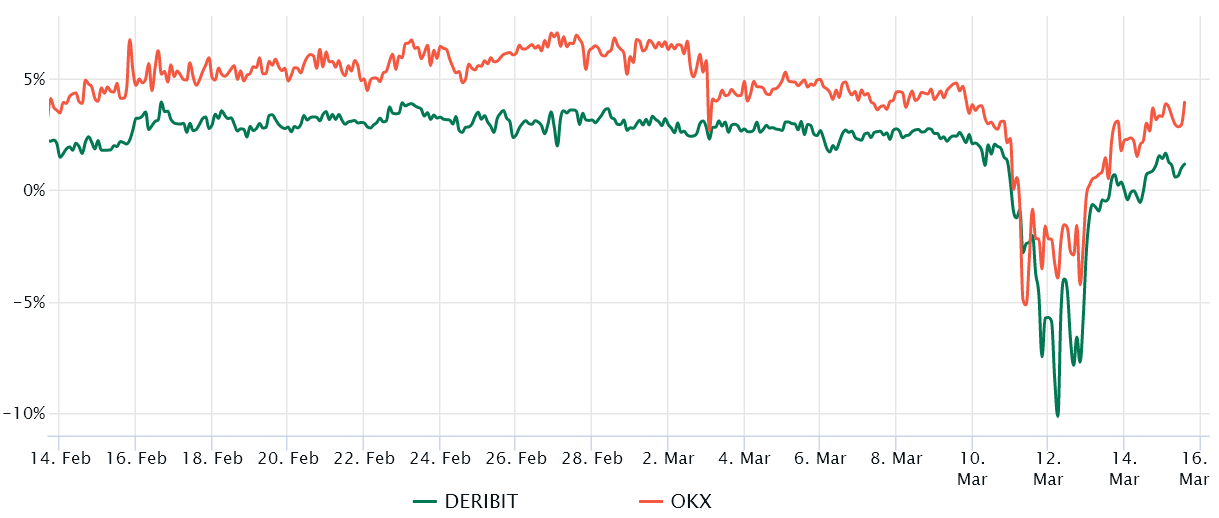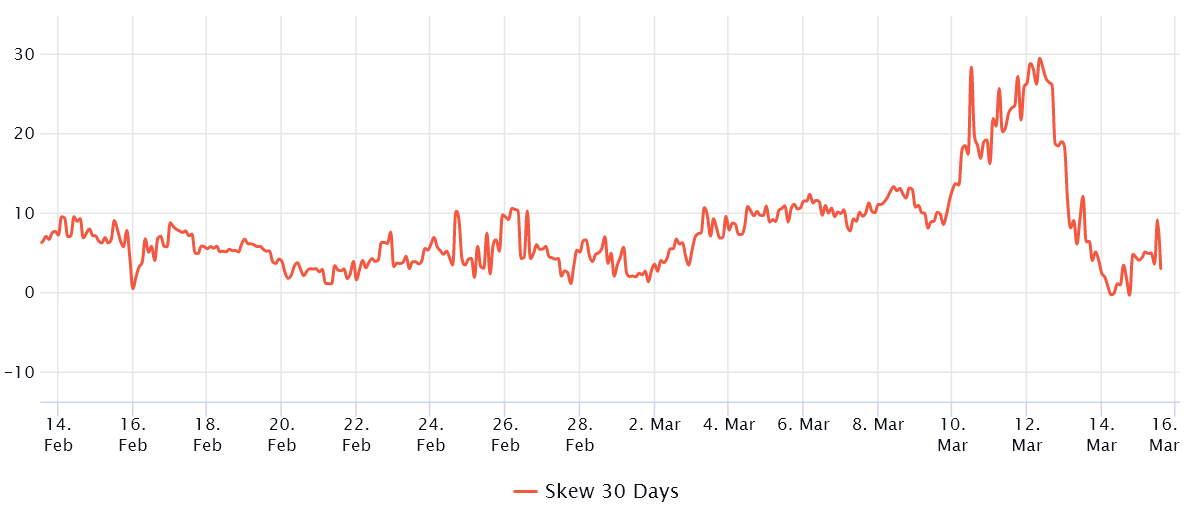The previous six months should have been extremely beneficial for the Ether (ETH) price, especially after the most significant update of the project in September 2022. However, the reality was the opposite: between September 15, 2022 and the March 15, 2023, Ether underperformed Bitcoin (BTC) by 10%.
The 0.068 ETH/BTC price ratio had been holding since October 2022, a support that was broken on March 15. Whatever the reason for the underperformance, traders currently have little confidence in placing leverage bets, according to ETH futures and options data.
But first, one must consider why the price of Ether was expected to rise in the previous six months. On September 15, 2022, the Merge occurred, a hard fork that shifted the network to a proof-of-stake consensus mechanism. It allowed for a much lower, even negative, coin issuance rate. But more importantly, the change paved the way for parallel processing that was intended to bring scalability and lower transaction costs to the Ethereum network.
The Shapella hard fork, which is expected to go live on the mainnet in April, is the next step in the Ethereum network upgrade. The change will allow validators who previously deposited 32 ETH to enter the staking mechanism to withdraw in part or in full. While this development is generally positive because it gives validators more flexibility, the possible unlocking of 1.76 million ETH is a negative consequence.
However, there is a limit to the number of validators that can exit; therefore, the maximum daily unstake amount is 70,000 ETH. Also, after exiting the validation process, you can choose between Lido, Rocket Pool, or a Decentralized Finance (DeFi) app for performance mechanisms. These coins will not necessarily be sold on the market.
Let’s look at Ether derivatives data to understand if the recent drop below the ETH/BTC ratio of 0.068 has affected investor sentiment.
ETH futures recovered from a state of panic
In healthy markets, the annualized premium for three-month futures should trade between 5% and 10% to cover associated costs and risks. However, when the contract is trading at a discount (backwardation) relative to traditional spot markets, it indicates a lack of confidence by traders and is considered a bearish indicator.

Derivatives traders became uncomfortable holding leveraged long (bullish) positions as the Ether futures premium moved below zero on March 11, down from 3.5% just two days earlier. More importantly, the current 2.5% premium remains modest and far from the neutral to bullish 5% threshold.
However, the decrease in the demand for long (bullish) leverage does not necessarily imply an expectation of negative price action. As a result, traders need to examine the Ether options markets to understand how whales and market makers price the probability of future price movements.
Related: Lark Davis on Battling Social Media Storms and Why He’s an ETH Bull — Hall of Flame
ETH Options Confirm Lack of Risk Appetite
The 25% delta bias is a telltale sign when market makers and arbitrage desks are overcharging for upside or downside protection. In bear markets, option investors give higher odds of a price dump, pushing the bias indicator above 8%. On the other hand, bull markets tend to drive the bias metric below -8%, meaning bear put options are less in demand.

On March 3, the delta bias crossed the 8% bearish threshold, indicating stress among professional traders. Fear levels peaked on March 10, when Ether price plunged to $1,370, its lowest level in 56 days, though ETH price rallied above $1,480 on March 12.
Remarkably, on March 12, the 25% delta bias metric continued to rise, reaching its highest level of skepticism since November 2022. That was just hours before the Ether price rallied 20% in 48 hours. That explains why ETH traders who shorted futures contracts faced $507 million in closeouts.
The 3% delta bias metric currently indicates balanced demand for ETH call and put options. When combined with the neutral stance on the ETH futures premium, the derivatives market indicates that professional traders are hesitant to place bullish or bearish bets. Unfortunately, ETH derivatives metrics do not favor traders who expect Ether to recapture the 0.068 level against Bitcoin any time soon.
The views, thoughts and opinions expressed here are those of the authors alone and do not necessarily reflect or represent the views and opinions of Cointelegraph.






